Introduction
This research task asked me to discover and select a range of images where illustrators have created a sense of 'them and us' or 'otherness'. I was asked to think about how they did this and how they could represent the subject matter in a more accurate and sensitive way.
As a cis-gendered middle-class white male, I am incredibly privileged. So I thought I should take care to try and understand this subject as holistically as possible. I first spent some time trying to get a sense of what 'otherness' meant today, given the gradual yet significant advances in social justice. My understanding is that otherness comes from the social constructs that humans naturally build for themselves in order to categorise and make sense of the world. This has allowed us to organise and cooperate, but it also stokes our most primal psychology - the fear of the unknown or what is different.
In order for one group to set itself up as 'correct', there needs to be at least one other group that is the Other. Broadly speaking, we see otherness along these lines:
Gender
Wealth/Status/Power
Race / Culture
Sexuality
Values
Religion
Territory
I have tried to source material as broadly as possible given these different factors.
Unhelpful Otherness
A lot of the time, otherness is used in unhelpful or even harmful ways. It seeks to separate and deepen differences. They become embedded in our culture, so much so that often we do not perceive the biases at play that reinforce injustice and division.
In the earliest days of European colonialism other cultures were depicted as distinctly 'other' - that they were more primitive and savage. These images would not have been created first-hand, which leaves a huge amount of space for bias and prejudice to influence the depictions. There seems to be a particular focus on the amount of skin shown as part of the indigenous attire.
The most prolific colonisation and exploration happened during the 19th and early 20th centuries. Typically images depict the Europeans as more civilised and lordly, that they have natural dominion over the indigenous population. The composition often shows the native peoples presenting to Europeans. The world felt like a much bigger place during this time, and the public at large had a grotesque fascination with other cultures and just how different and 'exotic' they were.
What would have like have been generosity and hospitality is depicted instead as fealty. The native cultures are depicted as simple, ignorant and servile.
As an extension of the exploration was the mass proliferation of the Christian faith. Part of bringing civilisation to the colonies was the conversion of those people to Christianity.
The missionaries are typically visualised as wise, lordly figures. Narrating to crowds depicted in traditional dress to show how the pastors brought enlightenment.
There is an assumption in all of the compositions that the arrival of Christianity is somehow a kindness, that the indigenous people are lucky to have the missionary there to save their souls.
This white saviour belief system became so deep-rooted that it continued well into the 20th century. It also took root in domestic situations with the role religion took in charitable work with and for the poor. The Salvation Army illustration below shows all the work that they do, but presents themselves as righteous and benevolent to all those less fortunate, as opposed to grounded and humble.

Over time beliefs, assumptions and ignorance turn into cultural and institutional prejudice. This could still be seen in the 20th century in the depictions of different cultures. These were widely accepted as normal at the time, and not overtly racist or prejudiced.
Another form of otherness that I looked into was the Suffrage movement of the late 19th and early 20th centuries. There was much negative propaganda against the movement, including from other women. Note the way that these illustrations try to depict activists as both violent man-haters as well as conforming to gender stereotypes of only really being interested in fashion and cookery.
This reportage painting of Black Friday by William Monk is an example of how the events should have been more frequently captured. Painted in watercolour and pastels, it depicts the scene in accurate terms. It gives you a sense of the place and atmosphere. The fear and panic and the looming figures of the police on horseback. It doesn't at any time seek to form an opinion or take a side. It lets the truth of the situation speak for itself. Most importantly, Monk painted it on-site during the protests.

Otherness on purpose
While not reportage, I thought it worth noting some examples that stick in my mind where otherness has been used extremely effectively to draw light onto a subject. While the examples below are editorial rather than reportage, the point is the same. It seeks to promote dialogue, to understand and share information.
I think using otherness this way, and the way Monk depicted the protest is essential to draw attention, to lift a veil of normalcy and complacency on issues that require considered, impassioned yet restful discourse.
References
Abbott, L. (2015) Why women do not wish the suffrage, The Atlantic. Available at: https://www.theatlantic.com/magazine/archive/1903/09/why-women-do-not-wish-the-suffrage/306616/ (Accessed: 08 August 2023).
Bridgeman Images (1964) From then till now: Soldiers of god, bridgemanimages.com. Available at: https://www.bridgemanimages.com/en-US/english-school/from-then-till-now-soldiers-of-god/gouache-on-paper/asset/305054 (Accessed: 08 August 2023).
Butterly, A. (2018) 100 women: The female protesters against giving women the vote, BBC News. Available at: https://www.bbc.co.uk/news/uk-42704341 (Accessed: 08 August 2023).
Collinson, A. (ed.) (2018) Friday and the suffragette struggle, Museum of London. Available at: https://www.museumoflondon.org.uk/discover/black-friday (Accessed: 08 August 2023).
García-Bullé, S. (2023) What is otherness, and why do we need to understand it?, Observatory. Available at: https://observatory.tec.mx/edu-news/what-is-otherness/ (Accessed: 08 August 2023).
History, N.Z. (no date) Samuel Marsden’s first service, New Zealand History. Available at: https://nzhistory.govt.nz/media/photo/samuel-marsdens-first-service (Accessed: 08 August 2023).
Hoffman, Z. (2020) ‘Drawing stereotypes’, Sibirica, 19(1), pp. 85–118. doi:10.3167/sib.2020.190106.
Holcroft, J. (2019) Gender Equality, The AOI. Available at: https://theaoi.com/wia/john-holcroft-gender-equality/ (Accessed: 08 August 2023).
Johnson, R.K. (2018) R Kikuo Johnson. Available at: https://www.rkikuojohnson.com/#/safe-travels/ (Accessed: 08 August 2023).
L, T. (1969) Dr David Livingstone treats an ill villager during his journey through the heart of Africa, The Illustration Art Gallery. Available at: https://bookpalace.com/acatalog/info_TLLivingstoneLL.html (Accessed: 08 August 2023).
Liebst , M. (2013) David Livingstone: Humanitarian or hypocrite?, History Today. Available at: https://www.historytoday.com/archive/david-livingstone-humanitarian-or-hypocrite (Accessed: 08 August 2023).
Myth, A. (1900) Scenes in Hot Latitudes and Travels in Search of the Wishi Washi to its Junction with the Puddi Muddi, University of Nebraska-Lincoln. Available at: https://livingstoneonline.org/in-his-own-words/catalogue?f%5B%5D=genre_ms%3A%22gouaches+%28paintings%29%22&view_pid=liv%3A012015&view_page=0 (Accessed: 08 August 2023).
O’Reilly, S. (2017) Apes, psychos, Alcos: How British cartoonists depict the Irish, The Irish Times. Available at: https://www.irishtimes.com/culture/art-and-design/apes-psychos-alcos-how-british-cartoonists-depict-the-irish-1.3149409 (Accessed: 08 August 2023).
Outcault, R.F. (1909) Postcard depicting a caricatured boy eating a slice of watermelon, National Museum of African American History and Culture. Available at: https://nmaahc.si.edu/object/nmaahc_2007.7.404 (Accessed: 08 August 2023).
Paper, P. (no date) Indigenous people / tribal, Period Paper Historic Art LLC. Available at: https://www.periodpaper.com/collections/indigenous-people-tribal/ (Accessed: 08 August 2023).
Publisher, T. (2013) C19 missionaries took Christianity to more than one hundred countries, Historical articles and illustrations. Available at: https://www.lookandlearn.com/blog/23914/c19-missionaries-took-christianity-to-more-than-one-hundred-countries/ (Accessed: 08 August 2023).
Singh, A. (2021) The otherness of South Asian art in British academia, Project Myopia. Edited by K. Zodgekar. Available at: https://projectmyopia.com/the-otherness-of-south-asian-art-in-british-academia/ (Accessed: 08 August 2023).
Staszak, J.-F. (2008) ‘Other/otherness’. Geneva: https://www.unige.ch/sciences-societe/geo/files/3214/4464/7634/OtherOtherness.pdf.
unknown (1913) Postcard, VADS. Available at: https://vads.ac.uk/digital/collection/WLS/id/66/rec/44 (Accessed: 08 August 2023).
unknown (no date) Stanley safe out of the Dark Contintent, British Library. Available at: https://blogs.bl.uk/.a/6a00d8341c464853ef0264e2eca941200d-500wi (Accessed: 08 August 2023).
Weik, T. (2021) Why dr. Seuss got away with anti-Asian racism for so long, NBCNews.com. Available at: https://www.nbcnews.com/news/asian-america/dr-seuss-got-away-anti-asian-racism-long-rcna381 (Accessed: 08 August 2023).
Williams, S. (1847) Landing of the Rev. S. Marsden in New Zealand, Dec. 19, 1814, Natlib.govt.nz. Available at: https://natlib.govt.nz/records/23237252 (Accessed: 08 August 2023).
Writing with Color, M. (2023) Writing with color, Tumblr. Available at: https://writingwithcolor.tumblr.com/ (Accessed: 08 August 2023).
Zevallos, Z. (2020) What is otherness?, The Other Sociologist. Available at: https://othersociologist.com/otherness-resources/ (Accessed: 08 August 2023).


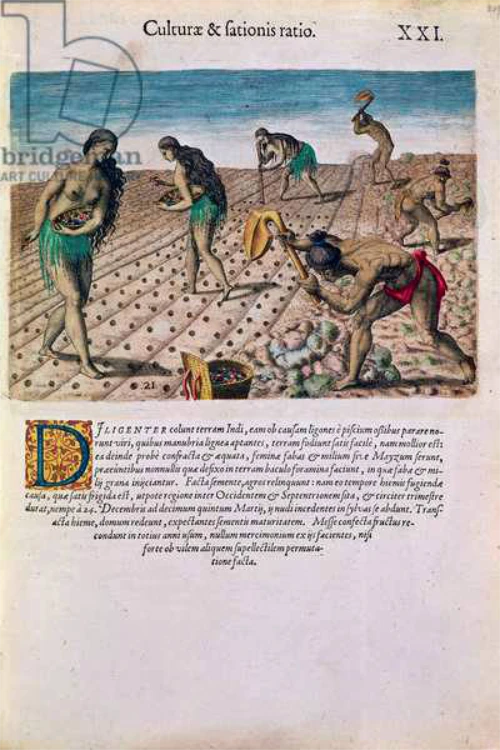


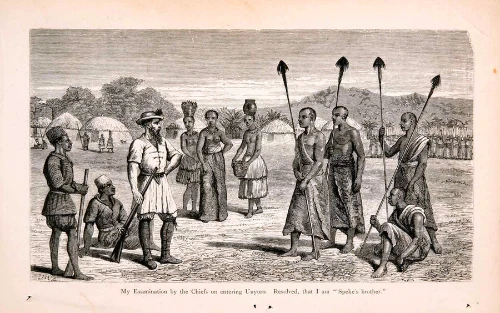
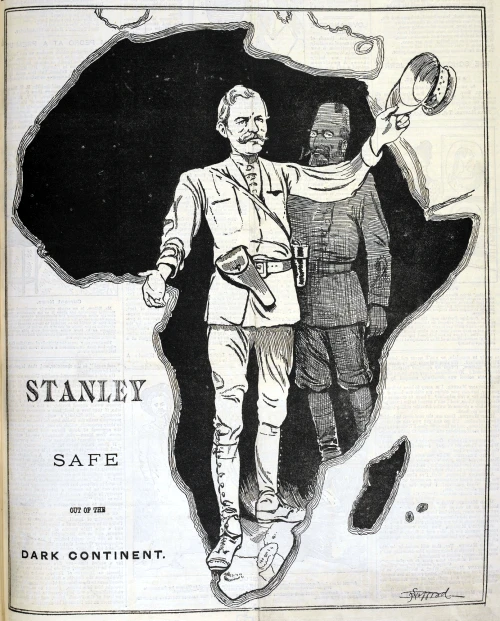

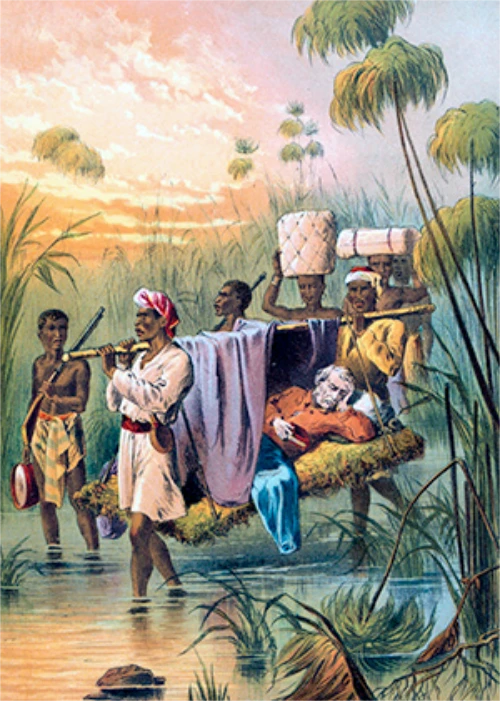
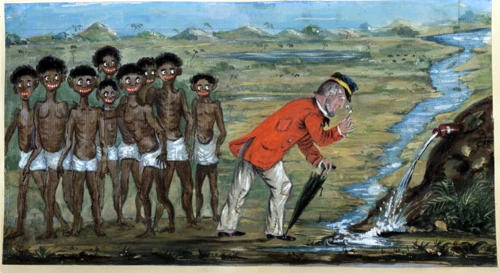








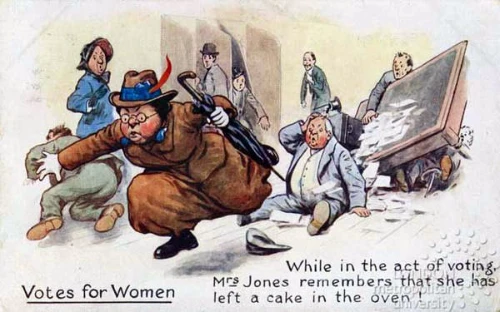
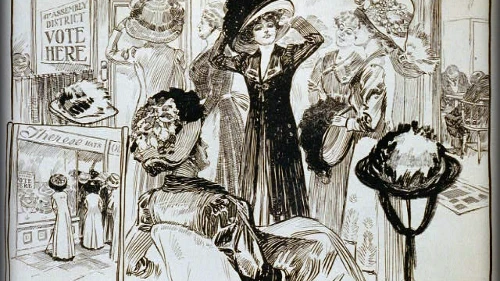


Comments